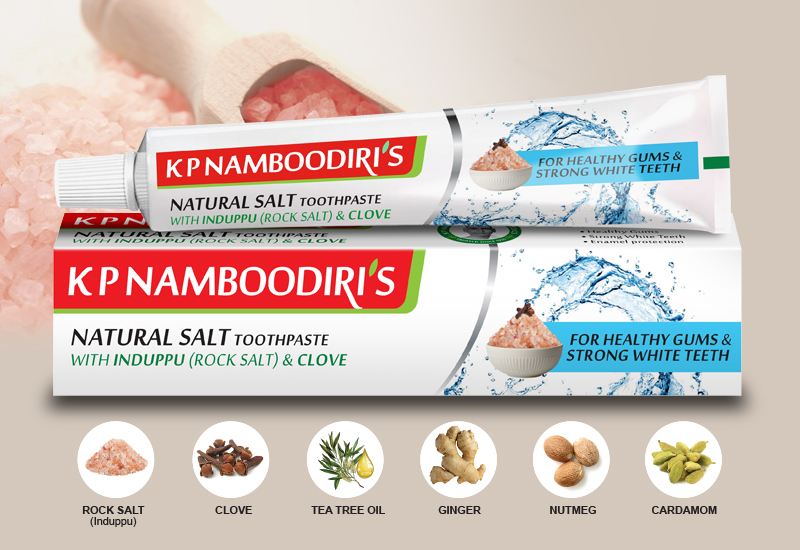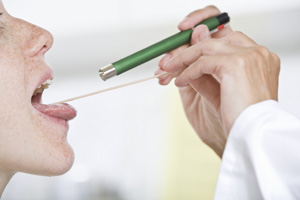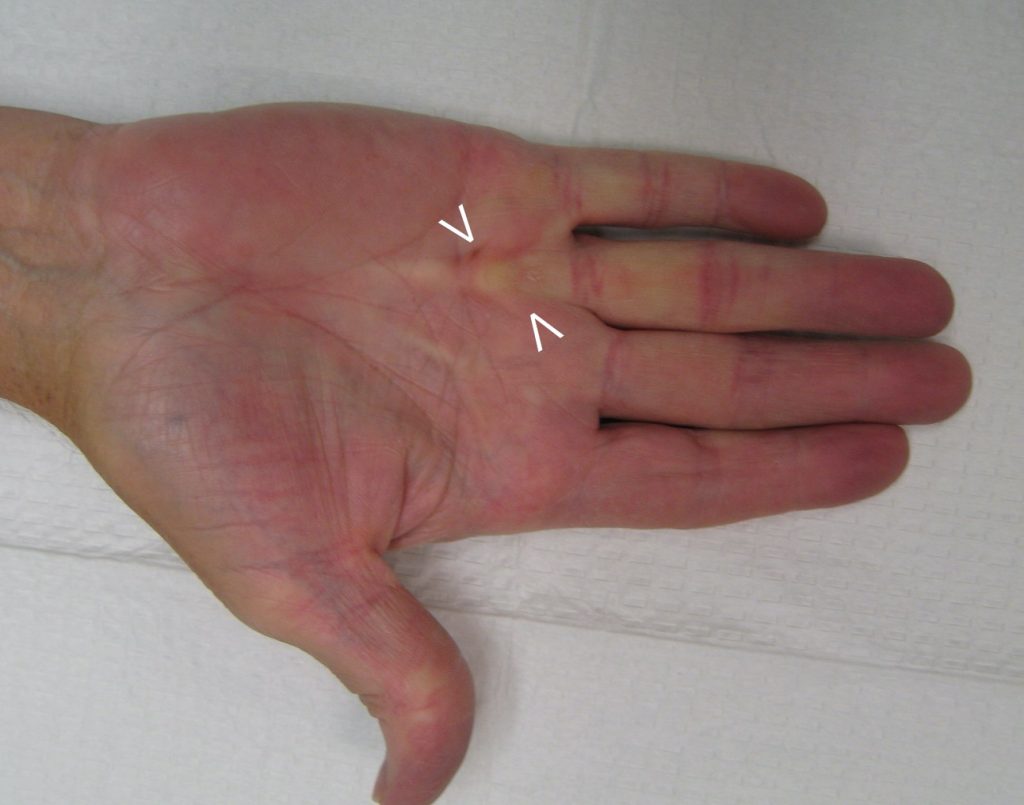What Is Salt Toothpaste? Natural Oral Care

Oral care has undergone significant evolution over the years, with a multitude of products claiming to offer the best in terms of hygiene and health. Among these, salt toothpaste has garnered considerable attention for its purported natural and effective approach to dental care. But what exactly is salt toothpaste, and how does it fit into the broader spectrum of oral hygiene?
At its core, salt toothpaste, as the name suggests, incorporates salt as a primary ingredient. The use of salt in oral care is not new; ancient civilizations have used salt for its antiseptic and abrasive properties to clean teeth. The concept of using salt in toothpaste formulations is rooted in its ability to reduce plaque, prevent gingivitis, and promote healthy gums, all while being a natural alternative to the array of chemicals found in conventional toothpastes.
The Science Behind Salt Toothpaste
Salt toothpaste typically combines salt with other natural ingredients such as essential oils (like tea tree oil or peppermint oil), baking soda, and sometimes, fluoride, although the latter’s inclusion can vary based on the product’s stance on natural versus traditional dental care methods. The salt used is often not the common table salt but rather unrefined, coarse sea salt or Himalayan pink salt, which proponents argue contains more minerals beneficial for oral health.
The mechanism through which salt toothpaste is believed to work involves several key actions: - Antimicrobial Action: Salt has been shown to have antimicrobial properties, which can help in reducing the bacterial load in the mouth, thereby preventing the formation of plaque and the subsequent development of gingivitis. - Abrasive Action: The coarse nature of salt can help in removing plaque and surface stains from the teeth, contributing to cleaner and potentially whiter teeth. - pH Balance: Some proponents argue that salt can help in maintaining or restoring the natural pH balance of the mouth, which can be beneficial for preventing acid erosion and maintaining healthy enamel.
Comparative Analysis with Traditional Toothpastes
When comparing salt toothpaste to traditional toothpastes, several differences emerge. Traditional toothpastes are often formulated with a broader range of ingredients, including fluoride, various abrasives, detergents like sodium lauryl sulfate, and artificial flavorings and colorings. These ingredients can be effective in cleaning teeth and preventing decay but may also have drawbacks, such as the potential for over-abrasion, sensitivity, and, in the case of fluoride, controversy over its health effects in large doses.
Salt toothpaste, on the other hand, positions itself as a simpler, more natural alternative. However, its effectiveness and suitability for everyone, particularly in terms of preventing tooth decay and gum disease, are subjects of ongoing debate. The American Dental Association (ADA) has not endorsed salt toothpaste as a substitute for fluoride toothpaste, emphasizing the importance of fluoride in preventing tooth decay.
Historical Evolution of Oral Care Practices
The use of salt in oral hygiene practices dates back thousands of years, with ancient civilizations employing various forms of salt and other abrasives to clean their teeth. Over time, with the advancement of dental care, toothpowders and pastes were developed, incorporating a range of ingredients from burnt hooves to dragon’s blood, reflecting the evolving understanding of oral health.
The modern toothpaste, as we know it today, is a more recent development, with the late 19th century seeing the introduction of Colgate’s toothpaste in a jar. Since then, toothpaste formulations have undergone significant changes, with the inclusion of fluoride in the mid-20th century marking a substantial shift towards preventive dental care.
Expert Insights: Balancing Natural and Conventional Approaches
According to dental hygiene experts, while salt toothpaste may offer certain benefits, such as its antibacterial properties and natural ingredients, it should not be seen as a replacement for conventional dental care practices without consulting a dentist. The ADA recommends brushing teeth at least twice a day with a fluoride toothpaste and cleaning between teeth once a day, alongside regular dental check-ups.
Dr. Maria Hernandez, a practicing dentist, notes, “The key to good oral health is a balanced approach. While natural products can be beneficial, they should be used in conjunction with, not in place of, established dental hygiene practices. It’s crucial for patients to discuss their oral care routines, including any natural products they’re using, with their dentist to ensure they’re getting the best possible care.”
Future Trends in Oral Care
As consumers become increasingly interested in natural and organic products, the oral care industry is likely to see a continued shift towards more natural formulations. Technological advancements, such as the development of nanomaterials for drug delivery and the use of probiotics in oral care, may also play a significant role in shaping the future of dental hygiene.
With the rise of personalized medicine, there’s also a potential for tailored oral care products that address individual needs based on genetic profiles, diet, and lifestyle. However, as with any new trend or product, it’s essential to approach these developments with a critical eye, ensuring that any adoption of new practices or products is backed by scientific evidence and professional recommendation.
Practical Application Guide: Integrating Salt Toothpaste into Your Oral Care Routine
For those interested in trying salt toothpaste, here are some practical tips: - Start with a small amount: If you’re new to salt toothpaste, begin with a small pea-sized amount to gauge your teeth and gums’ sensitivity. - Combine with other natural ingredients: Consider mixing salt toothpaste with other natural oral care products, like coconut oil or a waterpik, for a comprehensive cleaning. - Don’t forget regular dental check-ups: While natural products can be beneficial, they shouldn’t replace regular dental visits and cleanings.
Conclusion
Salt toothpaste represents a fascinating intersection of traditional practices and modern oral care preferences. While it may offer several benefits, including its natural ingredients and potential for reducing chemical exposure, its use should be considered as part of a broader oral hygiene strategy. By understanding the scientific basis of salt toothpaste, its historical context, and its place within the current oral care landscape, individuals can make informed decisions about their dental health, ultimately striving for a balanced approach that combines the best of natural and conventional dental care practices.
FAQ Section
Is salt toothpaste effective for preventing tooth decay?
+The effectiveness of salt toothpaste in preventing tooth decay is a topic of debate. While salt has antibacterial properties, its ability to prevent decay may not be as pronounced as fluoride. It's recommended to consult with a dentist before making any significant changes to your oral care routine.
Can I use salt toothpaste if I have sensitive teeth or gums?
+If you have sensitive teeth or gums, it's advisable to approach salt toothpaste with caution. The abrasive nature of salt can potentially exacerbate sensitivity. Start with a small amount and monitor your mouth's reaction. If sensitivity persists or worsens, consider alternative products or consult your dentist.
How often should I use salt toothpaste for optimal oral health benefits?
+The frequency of using salt toothpaste depends on your individual oral health needs and preferences. Some individuals use it as a substitute for their regular toothpaste, while others incorporate it as part of a rotation with other natural or conventional oral care products. It's crucial to find a routine that works for you and to maintain regular dental check-ups to assess the effectiveness of your oral care practices.
By navigating the complex landscape of oral care options, individuals can make informed decisions that cater to their unique needs, ultimately contributing to a healthier, happier smile.

